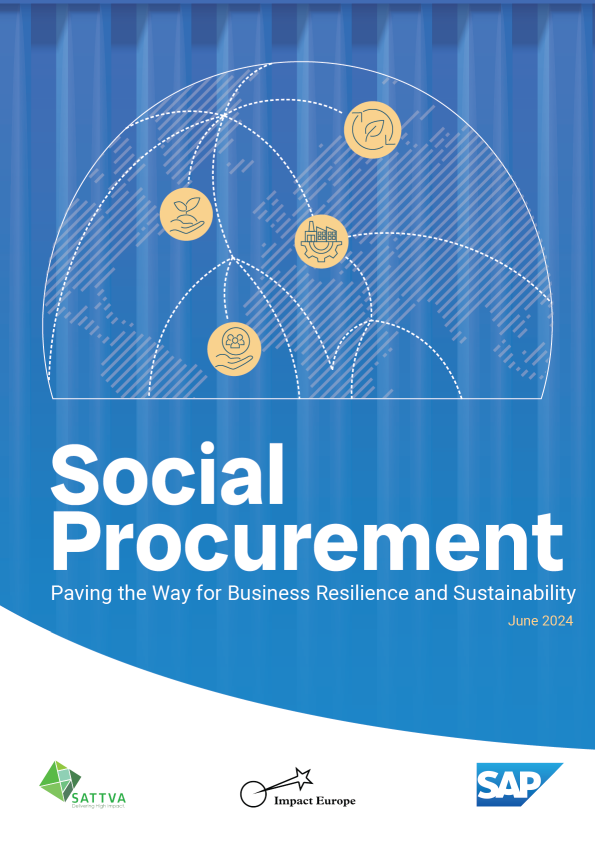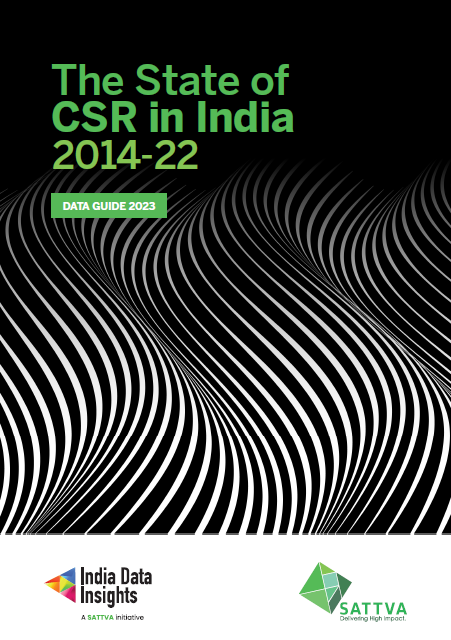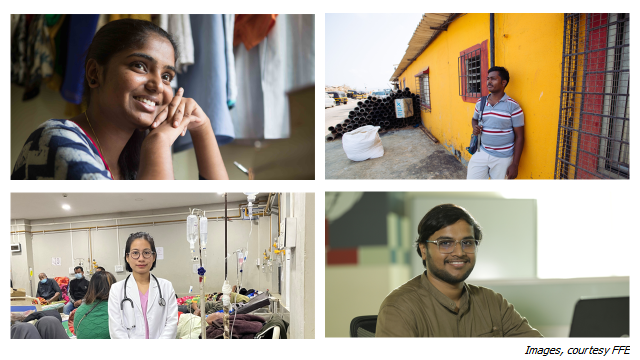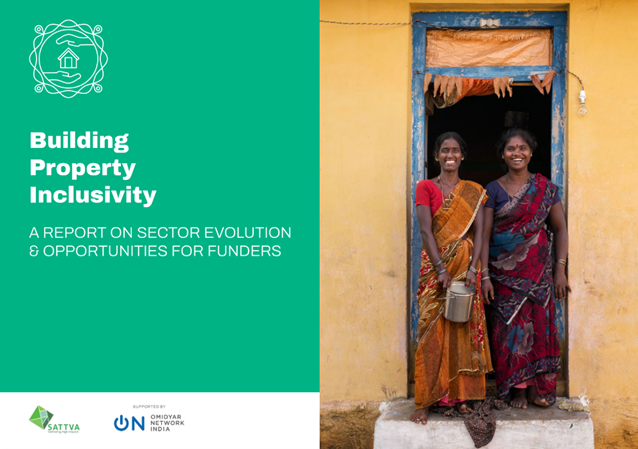Gender-Lensed Public Procurement in India
Context
Public Procurement (PP) refers to the purchase of goods, services and works by public authorities or civil service organisations using public funds. Government procurement accounts for over 30% of gross domestic product (GDP) in developing countries and 10% of GDP in developed countries. However, globally, it is estimated that only 1% of the market is catered to by women entrepreneurs, which creates an opportunity for women to tap into this $15 trillion market.
Although PP has been leveraged as a strategic policy instrument to foster gender equality since the 19th century, globally, the scope of PP has widened over time. PP today, ranges from promoting growth of Small and Medium Size Enterprises (SMEs), creating partnerships between private and public sector stakeholders, to achieving environmental sustainability. The large size of government spending also magnifies the potential of PP as an influential regulatory tool for the market, which can simultaneously help achieve social, economic and environmental goals.
A structured approach to ensuring gender-responsive PP begins with integration of gender equality into procurement planning processes. The benefits of gender responsive procurement are echoed by the The World Economic Forum who report a positive correlation between gender equality, a country’s GDP per capita and its HDI rank highlight the growing need to ensure gender-responsive PP legislation, policies and guidelines that could potentially reduce gender gaps.
Although existing literature suggests that there has been greater inclusion of gender-equality across legal regulations, the literature also suggests a gap in policy translating to action. According to a Goldman Sachs and International Finance Corporation (IFC) report (2019), women entrepreneurs own approximately 28% of all MSMEs and face a 1.5 trillion-dollar annual credit gap in emerging world markets. Moreover, a Boston Consulting Group study predicts that if women and men around the world had equal access to the market as entrepreneurs, global GDP could rise by ~3-6%, i.e., by USD 2.5 trillion to 5 trillion. Implementation of gender policies are found to be limited, especially in cases where social inclusion by contracting authorities was an optional requirement rather than legally mandated. The European Commission’s Evaluation Report on EU PP legislation found that while 45% of contracting authorities used social consideration of some form in their PP processes, only 14% regularly included social criterion in their tender documentation.
You can access more details about the study below.
To save a copy, you can click on the ‘Download’ link on the right side of this page.
————————————-
Sattva has been working with various non-profits and social organisations as well as corporate clients to help them define their social impact goals. Our focus is to solve critical problems and find scalable solutions. We assist organisations in formulating their long-term social impact strategy by strategically aligning with business to provide meaningful solutions to social issues.
We’d love to hear your thoughts and feedback on this topic. Do write to us: impact@sattva.co.in




